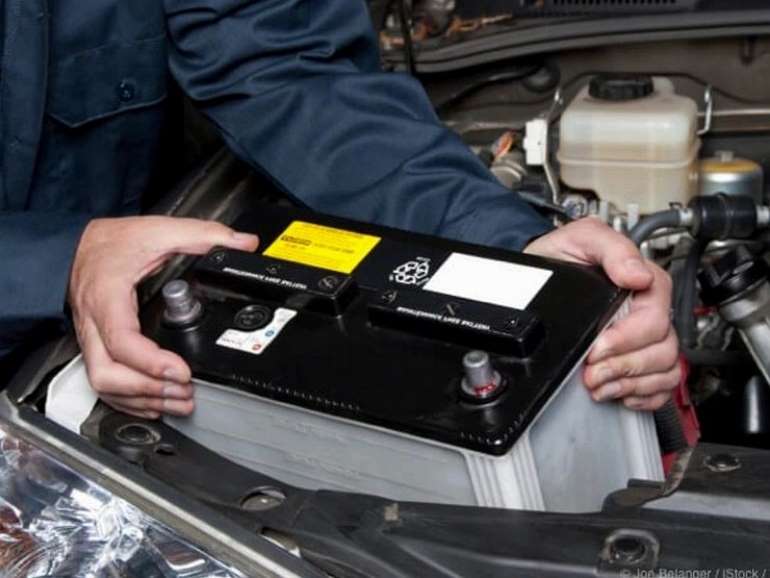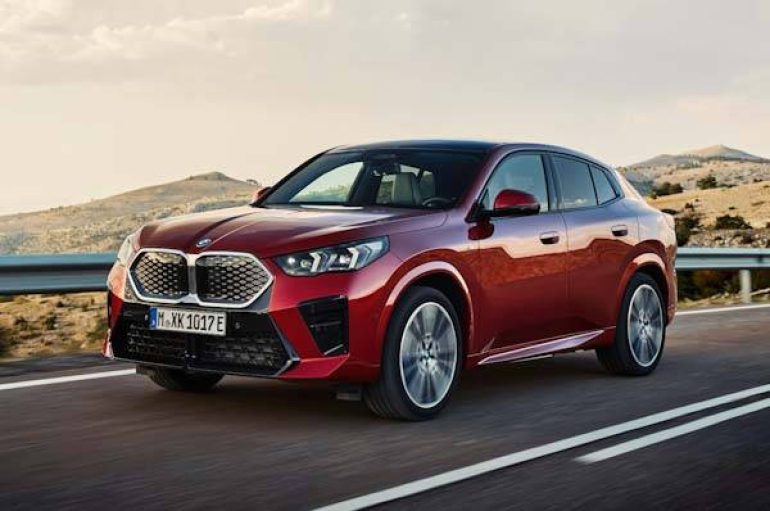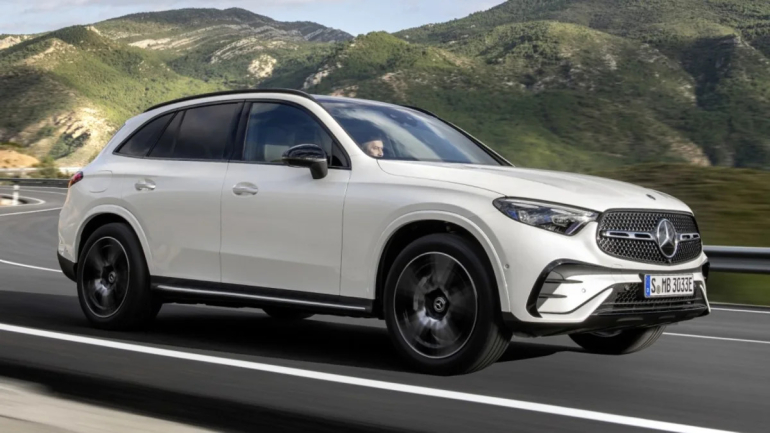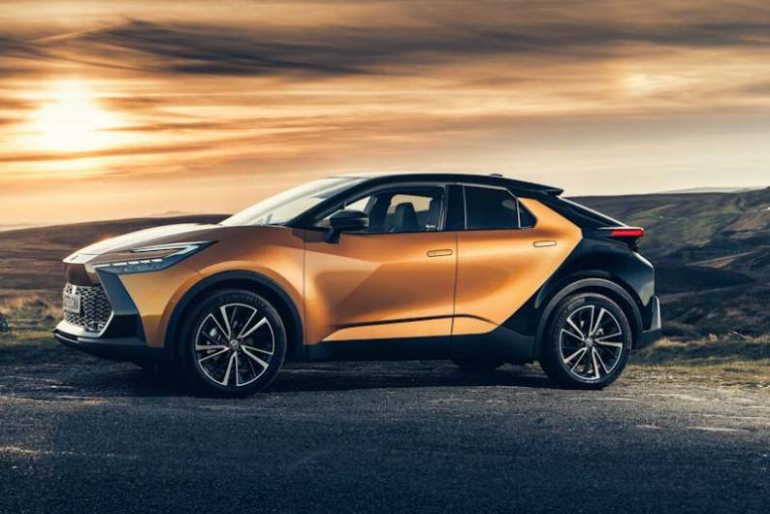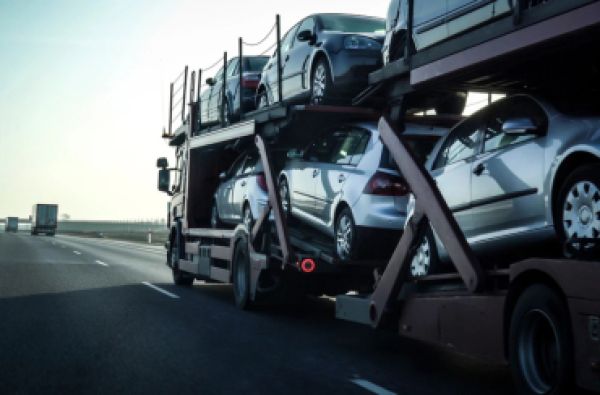Judging by the fierce discussions on specialized forums, the issue of battery-free driving haunts many curious minds. Common sense dictates an instant answer that on modern cars, full of electronics prone to breakdowns, it is better not to subject the vehicle to such experiments and that the risk of a photo of a breakdown on one of the systems is too high. But is it really dangerous to drive a car without a battery? Let's try to answer this question a little more meaningfully.
Life writes novels and you are never sure what tomorrow will bring you. Today, we are interested in this topic out of purely academic motives, out of curiosity or curiosity, and as much as, God forbid tomorrow, by an unfortunate coincidence we can get into a situation to test our knowledge in practice.
"What has to happen to me to have to drive a car without a battery?" Well, imagine a battery falling into a coma due to a short circuit or some other unfortunate set of circumstances. You do not have the ability to quickly replace the device with a correct one, but you urgently need a car.
After all, someone can steal a battery, and then what do we do?
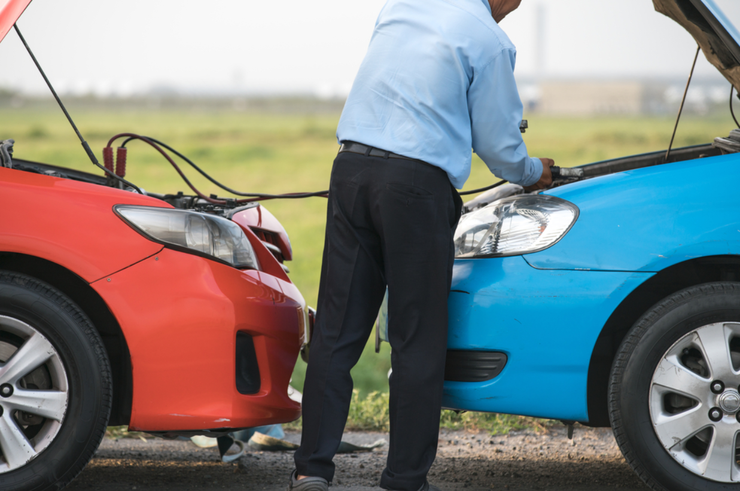
The first problem that a driver who is determined to drive a car without voltage will probably face is how to start the engine. The chances of waking up the engine as illustrated in the photo, that is, "on the gurk" are small: a discharged battery will not excite the starter winding. You can rely on the self-propelled starter, but the car will have to push or go downhill for a long time - at least up to 3,000 rpm.
Another option is to connect the start-up cables to another, working battery and wake it up. But this is extremely dangerous regardless of whether the "donor" battery is completely correct or not. This can be dangerous for both our car and the "donor". That is why it is best to use a fast, that is, smart charger in such a situation. The main thing is to charge the battery and produce a current of at least 300A. This of course depends on the characteristics of the unit in our vehicle.
Suppose we managed to start the engine. What's next, can I go? If the answer is yes, then the question remains, how long can I drive like this?
Here, it is important to keep in mind that the battery has a charge, not only to supply consumers, but also to equalize the voltage, equalize the current fluctuations. Driving without a battery in a prehistoric car with a minimum of electronics is not fatal and is generally not questionable. As for modern cars, everything is much more complicated here: in the worst case, the "brain of the vehicle" can fail due to an electric shock, and that will undoubtedly cost the owner a considerable figure.

For this reason alone, it is better not to drive without a battery. However, if there is no other way out, then you need to pay special attention to the insulation of the positive end from the body. The inclusion of all possible consumers of electricity will help minimize the effects of voltage surges: lighting devices, multimedia, heated rear window, heated seats. And don't try to set a record in the distance traveled without a battery: head to the nearest auto parts store for a new battery.
As practice shows, a lot here depends not only on the design characteristics of the car and the condition of the device, but also on the actions of the driver and mere, banal luck. For example, one curious experimental character who shared his experience on the Internet successfully drove a ten-year-old Renault Megane without a battery. And the other - he managed to burn the ignition coil on the VAZ "kopeck" 15 minutes after the start.
AutoRepublika

